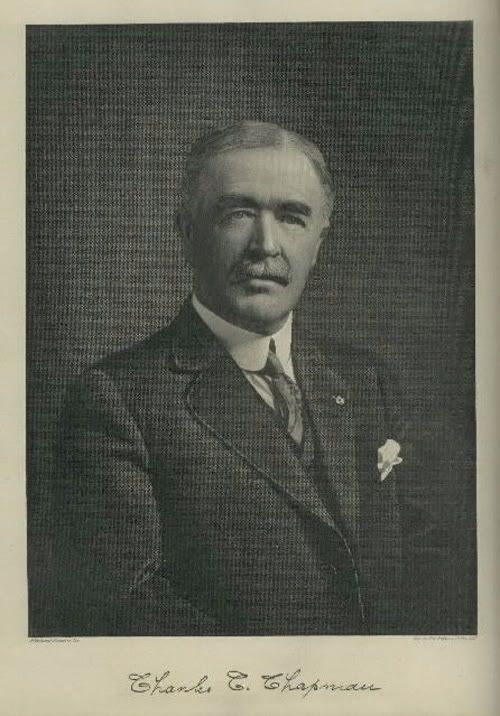When I read history, I am very interested in the attitude of the historian toward his subject matter. People like to think of historians as “objective” reporters and interpreters of events. But no one is truly objective. Everyone is influenced by their environment, their ideology, their values.
I am no exception. I tend to view history through the lens of the Marxist paradigm. That is, I tend to view history as a struggle between those with power and those without power. My favorite U.S. historian is Howard Zinn, and he is by no means objective. He clearly sympathizes with organized labor and those who have been historically oppressed.
With my biases clearly in my mind, I have begun reading the only history of Fullerton that is not written for children. It is called Fullerton: a Pictorial History by Bob Ziebell. The title is a little deceptive because, while the book has lots of pictures and illustrations (many drawn by the author’s wife), it also has lots of text. It is an informative, if a bit dry, history of my hometown.
When I opened this book, I immediately became suspicious of its contents. It was sponsored by a bank in Fullerton, the Fullerton Redevelopment Agency, and the Fullerton Chamber of Commerce. I’m no fool. If these (largely pro-business, conservative) entities are sponsoring the only history book of my hometown, I expect the book to be sympathetic to their interests. So, I proceed very carefully and critically through this book, knowing full well the potential bias of its author.
So far, a couple red flags have popped up regarding the author’s account of the settlement of Fullerton. He treats the Spanish and Mexican settlers with a coldly critical eye. For example, he writes, “The missions were essentially a political creation. The Franciscan priests worked hand-in-glove with soldiers of the Spanish Crown to establish the outposts and convert the natives to the ways of Christianity—and Spain—primarily to affirm Spain’s claims on the land.” Mr. Ziebell can afford to subtly criticize the Spanish and the Mexicans. They don't have power anymore.
Interestingly, however, he treats the white settlers much more favorably. He writes, “It was they who initiated the productive use of these lands.” Not really. The San Gabriel mission was hugely productive, earning tens of thousands of dollars in agricultural products. Ziebell continues, “[It was] they who dug the ditches that delivered water to the rich but parched land; they who set the pace for fortitude and patience, hard work, and education; they who endured the hardships and stayed the course of settlement.”
So, the Spanish and Mexicans were greedy land-grabbers, but the white guys who got the land from them had “fortitude,” “patience” and were “hard-working.” Why this double standard? Perhaps Mr. Ziebell was a firm believer in Manifest Destiny. But I suspect that he looked more favorably on the white settlers because their descendents were still alive, because streets were named after them (Bastanchury, Kraemer, Amerige, Wilshire) or because they still owned lots of land in Fullerton (the McFaddens). Maybe some of these Fullerton families were on the Chamber of Commerce or the Redevelopment Agency. I don’t know. Mr. Ziebell doesn’t really discuss his biases.
If I am to write a history of Fullerton, it will be with my biases out in the open. I am a Marxist/Zinn historian who is very interested in power relationships, and in telling the stories of those without money, land, or political muscle.
I suppose that’s why I’m choosing to blend personal history with community history. I cannot think or write about Fullerton without thinking and writing about my experiences here, in this town. I guess you could call me a “gonzo” historian.

Charles C. Chapman, one of the wealthiest and most powerful men in the history of Fullerton, has a street and a university named after him.
